Dreaming of Travel: Hawai'i Volcanoes National Park
Published on July 14, 2022 - Updated on July 14, 2022
One of the few places on earth to see molten lava, Hawai'i Volcanoes National Park offers visitors a once-in-a-lifetime experience.
Hawai’i Volcanoes National Park was established in 1916 as Hawai’i National Park, and in 1961 its name was changed to Hawai’i Volcanoes National Park. The park encompasses 230,000 acres and ranges from sea level to the summit of the earth’s most massive volcano, Mauna Loa at 13,677 feet. Kilauea, the world’s most active volcano, offers visitors views of dramatic volcanic landscapes. Over half of the park is designated wilderness and provides unusual hiking and camping opportunities.
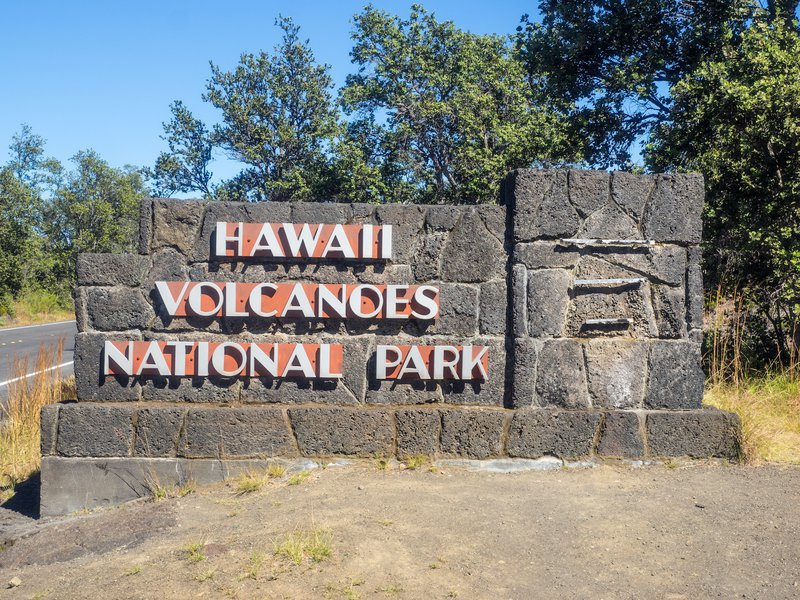
How to get to Hawai'i Volcanoes National Park
Hawai'i Volcanoes National Park is located on the Island of Hawai'i, 96 miles from Kailua-Kona and 30 miles from Hilo. The nearest major airport is Honolulu International Airport (on Oahu) and there are airports at Hilo and Kona (on Hawai'i). Hilo and Kona airports are served by inter-island carriers. You can either fly to Honolulu and connect to Hilo or Kona, or some major airlines have direct flights to Kona from the continental US. Rental cars may be reserved at both airports.
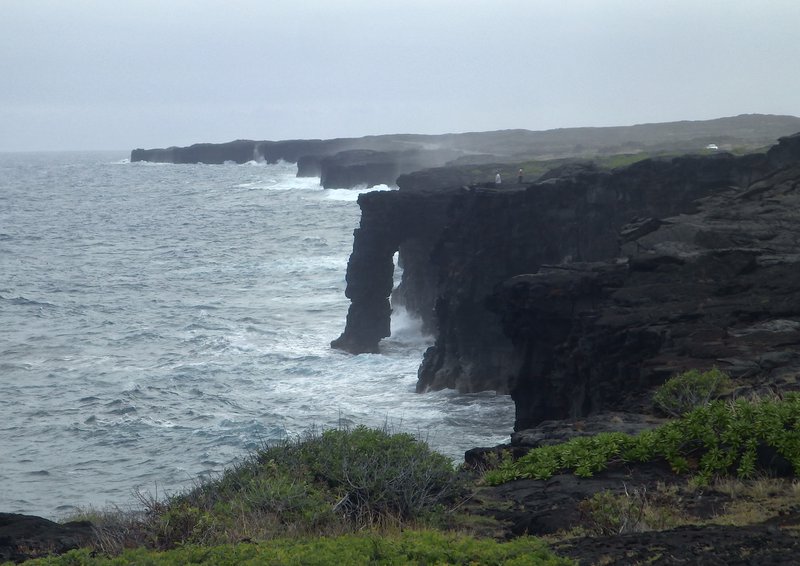
What to do in Hawai'i Volcanoes National Park
Plan to spend at least 1 full day at this park, more if you can swing it. Start at the Visitor's Center, where you'll find the current conditions and the best place to see the lava lake (observable after dark but the best location changes over time). While you're there visit the gift shop to get your National Park's Passport stamped and to learn more about the park's geologic and cultural history. If you're visiting with kids, pick up your Junior Ranger booklet here too!
Leave your car at the visitors center and take the short walk over to Volcano House for a spectacular view of the crater! Grab a latte or lunch from the restaurant and browse the gift shop while taking in the views out the panoramic windows. If you have the time, take the trail around the crater rim from here.
Drive 2 miles to the east to Uekahuna Overlook. The building here used to be a museum until the crumbling crater rim made it unsafe to enter. The overlook is still accessible and offers great views of the smoldering Kilauea Caldera. Pay close attention to warning signs and stay away from posted areas. Unstable geothermal features have claimed the lives of oblivious visitors so beware!

Go back toward the visitor center, stopping by the steam vents if you have the time. Continue on Crater Rim Drive to the Thurston Lava Tube Cave. There is limited parking here but it's open 24 hours (as is the entire park) so come back later if there aren't any spots available. A short 1/2 mile walk takes you on a loop through the cave and back to the parking lot. The cave is illuminated from 8 am-8 pm but a flashlight will come in handy, especially for the kids!
The next main stop is a parking lot for Devastation Trail. Park here and continue on foot along the now-closed Crater Rim Drive. This section of road was closed in 2018 after a volcanic event that claimed a mile of road and a 500-car parking lot. A 1.8-mile round trip hike takes you to a viewing area where you can see the lava lake and an old crater as well as what remains of the road. This hike is best done after dark so you can see the lava itself.
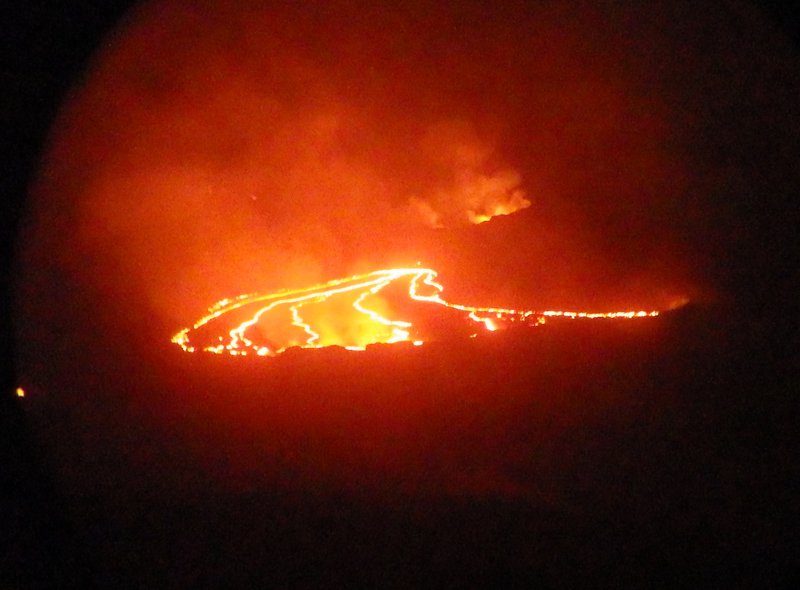
From here the road continues 26 miles across various lava flows to the coast, ending at Holei Sea Arch. There are bathrooms here and a short trail to a viewing area, but not much else. Watch for white-tailed tropicbirds and black noddies soaring among the seaside cliffs.
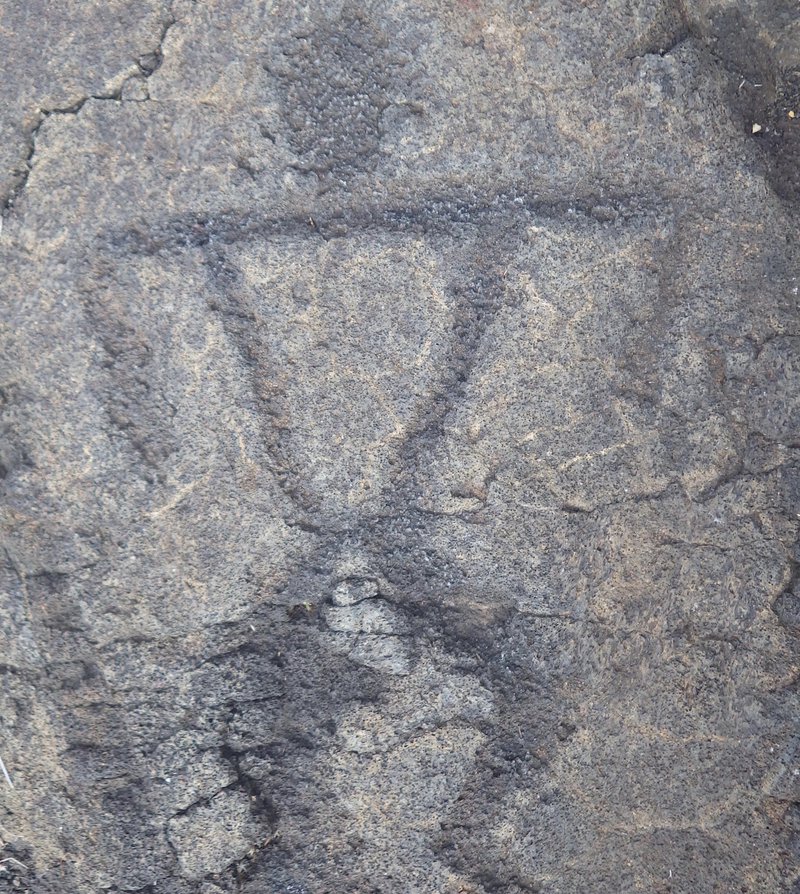
As you return from the coast, stop at the Pu'uloa Petroglyphs for a 1.5-mile easy out and back hike to thousands of 600-year-old petroglyphs. It's well worth the walk and the display boards are very informative and educational. Back in the car, stop at some of the overlooks on the way back and walk around the lava flows. Remember not to take any lava rocks (or anything else) with you. As with any national park, it is illegal to remove any object from the park.
Food and coffee are available at Volcano House. The nearby town of Volcano offers several dining options. Other than that food is limited so plan to at least bring snacks with you. No water is available after you leave the Visitor's Center so have plenty with you, especially if you plan to visit the coast (which is highly recommended!).
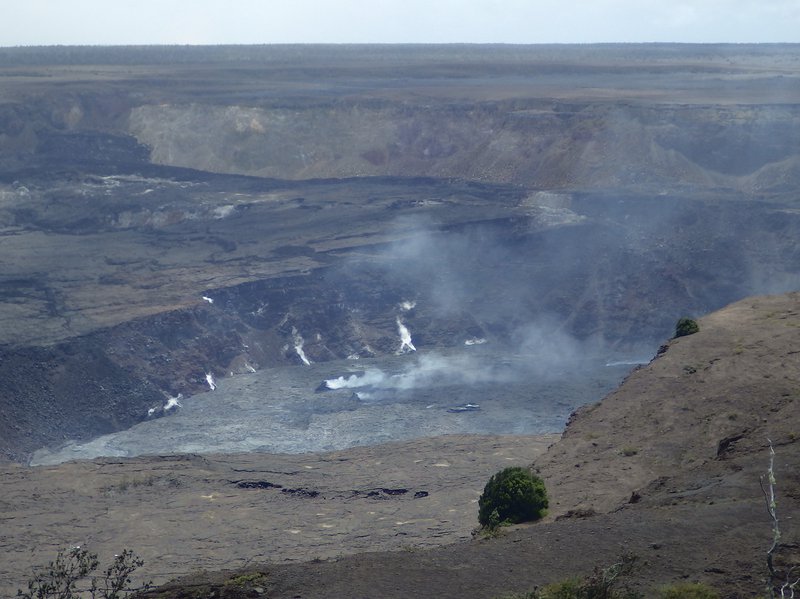
More to know about Hawai'i Volcanoes National Park
The entrance fee for the park is $30 per car and that is good for 7 days. America the Beautiful Interagency Passes (National Parks Passes) are accepted and are available for purchase only at the entrance station.
Hawai’i Volcanoes National Park has two drive-in campgrounds – Namakani Paio (located off of Highway 11), and Kulanaokuaiki (located off of Hilina Pali Road). These campgrounds are FREE – the only fee that applies is your entry fee to the park. Camping is available on a first-come basis. No reservations, no permits, and no check-in are necessary. Stays are limited to 7 days in a month and not to exceed 30 days per year. Overnight backcountry camping permits are required. Apply at the Kilauea Visitor Center no earlier than the day preceding your hike for these free permits. Backpackers should be experienced in backcountry/high-altitude trekking.
Have you been to Hawai'i Volcanoes National Park? We are obsessed with the beauty here and would love to see more photos! Tag us on Instagram @gethappyly for a chance to be featured!
Looking to read up on more national parks? Check out our articles on Petrified National Forest, Haleakala National Park, Theodore Roosevelt National Park, and Saguaro National Park!
For even more tips and advice be sure to Download the happyly app, the country’s only mobile-first family activity planning app, for fast access to all of our frequent blog content, favorite activities, and expertly designed curated days, both locally and in many communities and travel destinations across the country.